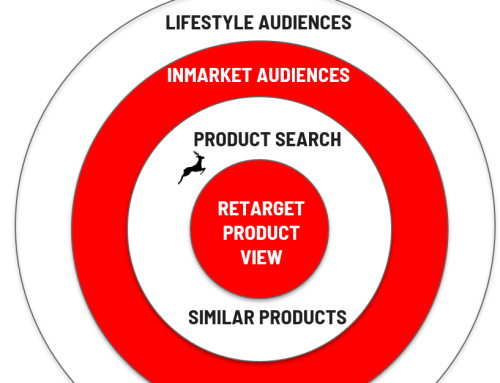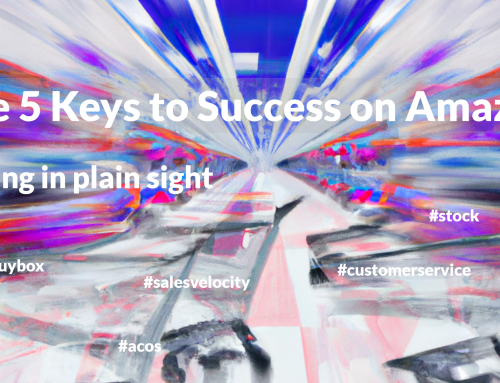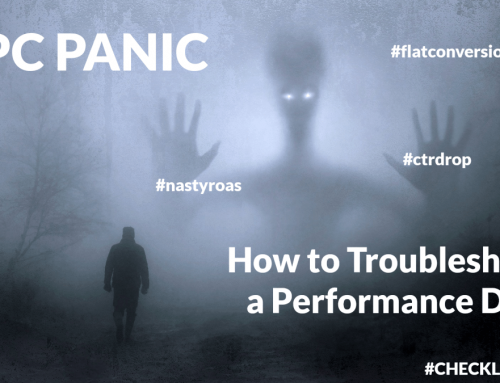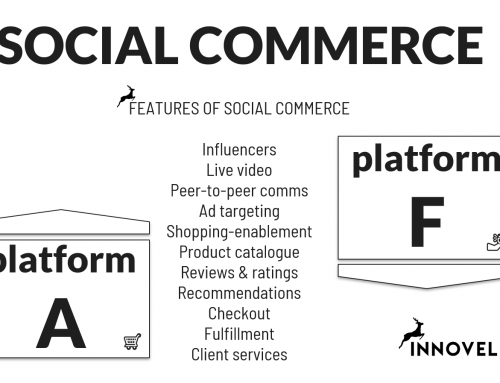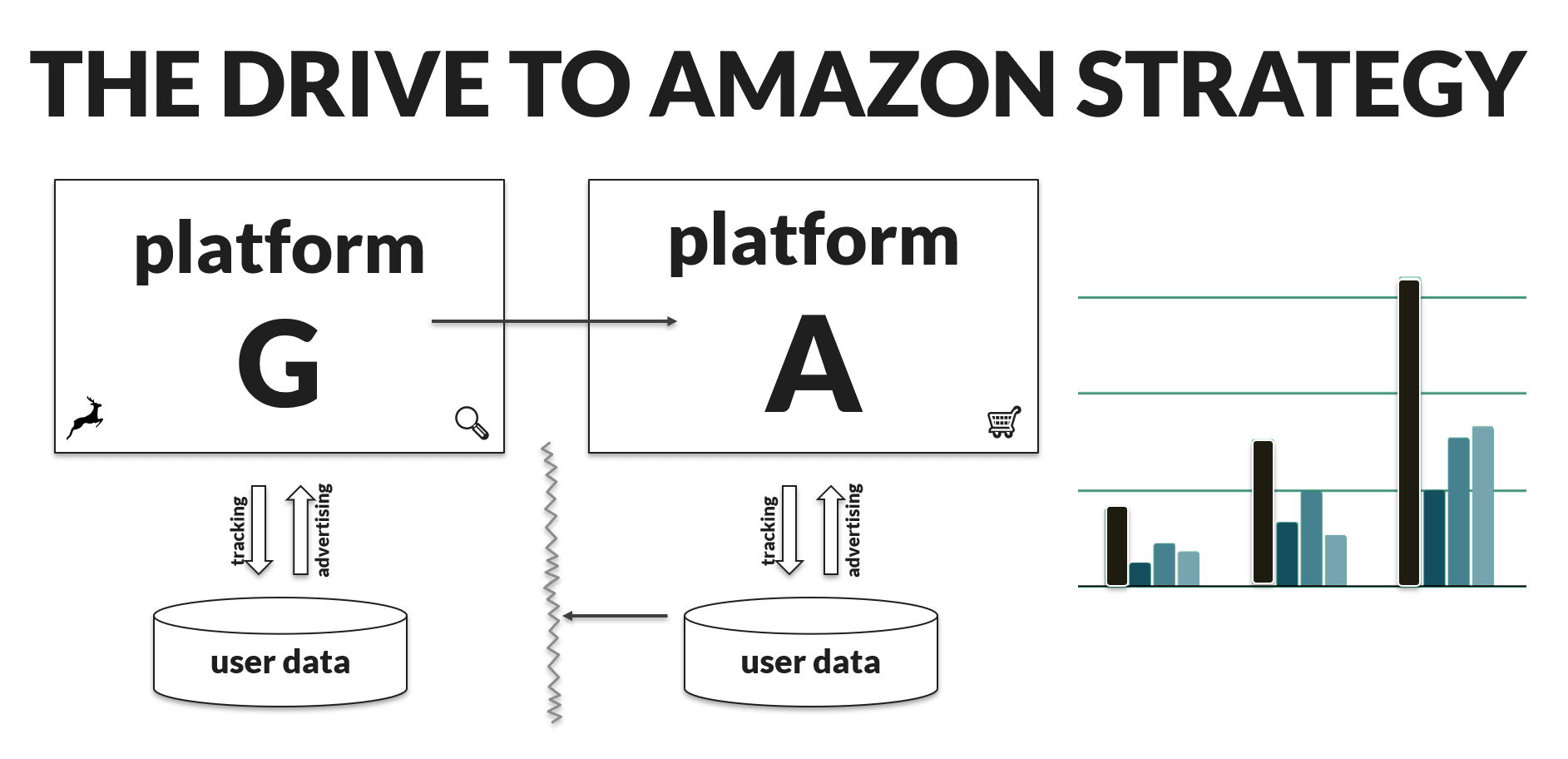
Driving external traffic into Amazon can be a great paid search strategy in 2021 because the conversion rate is so high, but getting there can feel a bit like sailing through the Bermuda triangle. The compass goes berserk.
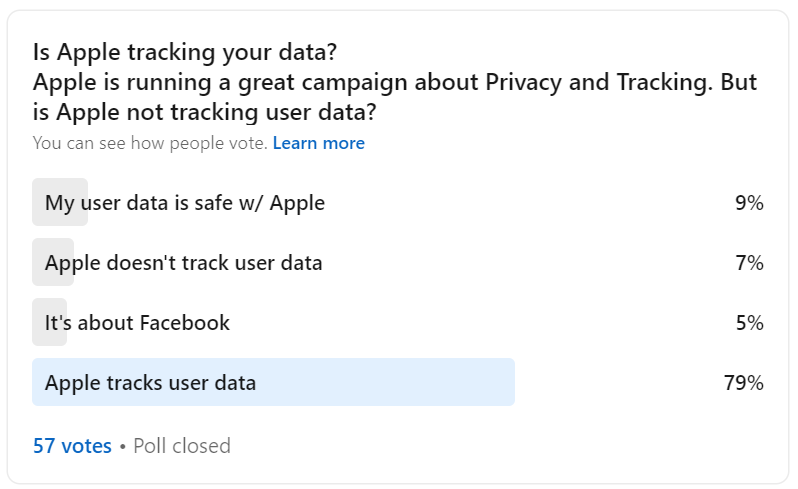
Apple’s is also messing with our digital compasses with the IOS 14.6 update, killing off cookies. Have you seen the latest Apple advertising campaign about privacy? It is a fun illustration of the privacy challenge. It is clear to everyone that Apple rids us of all that annoying tracking. “Why don’t you mind your own business?”. The AppleID used everywhere to personalize services in the Apple cloud, clearly isn’t tracking anything, is it?
In reality, the battle over cookies is just another battle in the “data wars” between the large American data-driven platforms who represent such a large part of our connected lives. I always have a laugh when I hear conspiracy theories like “they know everything about us“. Sure they do, Apple knows where you are, Facebook knows what you like, Google knows what you are looking for and Amazon knows what you buy. But they just don’t sit and have tea together and discuss how they can control you. They don’t communicate or share any data. At all. That’s why the compass is off.
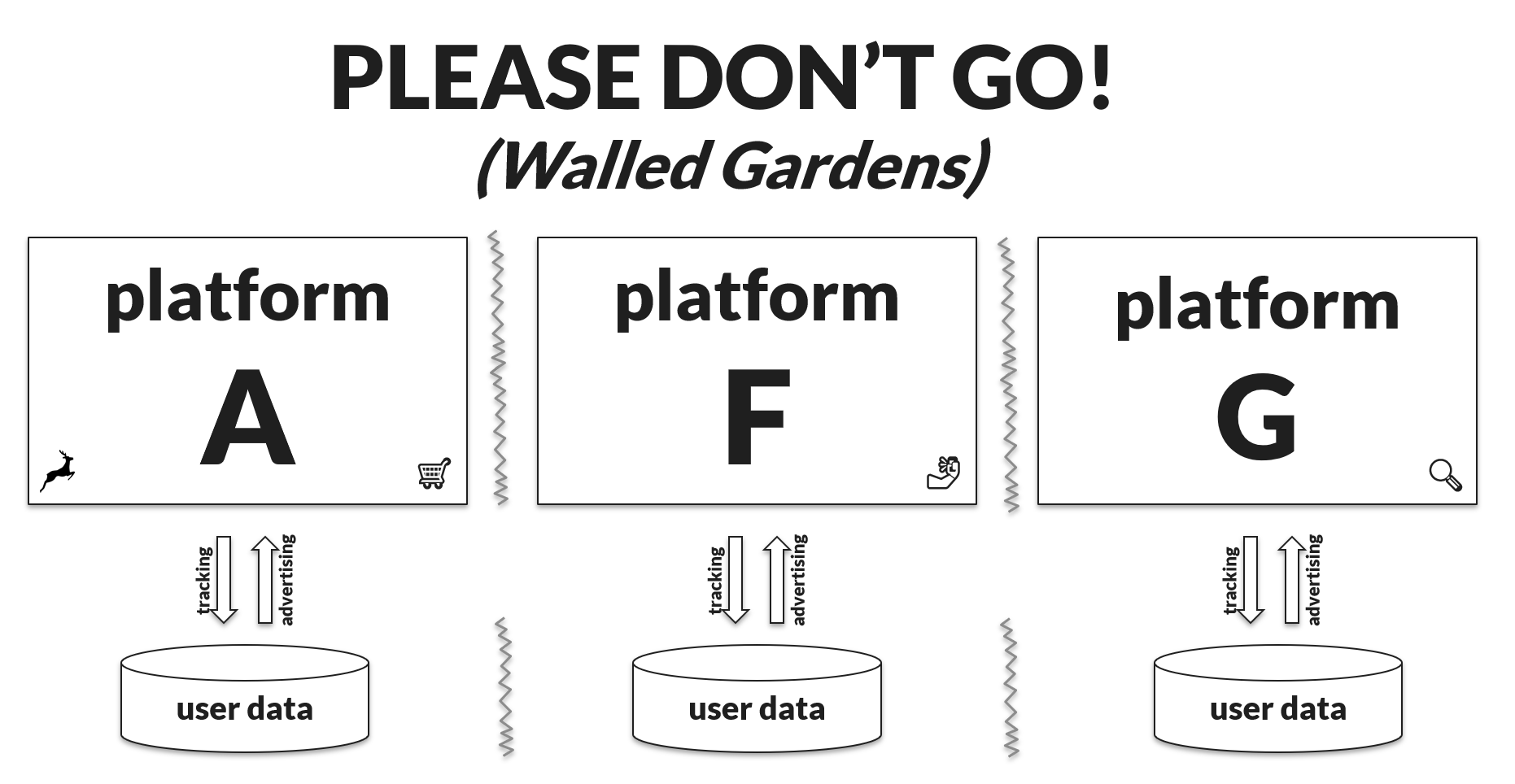
Walled Gardens
One of the best metaphors for describing this data impermeability is the “Walled Gardens” metaphor. Each of the platforms is raising walls around its users to prevent them from leaving and to avoid any of their data to escape. Apple is just raising a cookie wall in the current battle.
When you have a website, you can install Google Analytics for free. This gives Google all the data from your website. When you set up a Facebook page, it belongs to Facebook who will give you some nice inroads into the data. It is pretty hard though to actually figure out who is in your Facebook audience. That is not where any privacy issue lies. If you want to actually communicate with your community, you pay Facebook through advertising. And you certainly can’t track any user behaviour when someone came from outside of Facebook.
“People! Can you just stay in one garden at a time, so we can count, please!?”
Why drive to Amazon?
Unfortunately, these end-users that marketers are trying to understand are unruly. They like to surf, to browse and to zap, much to the dismay of the platforms they were just on. One click, one touch, one slider and they are gone. Away to another channel. Did you notice that when you publish a post with a link to your website on Facebook or LinkedIn, it rarely performs as well as if you publish a similar post without the link?
“Please have your audience stay on our platform so we can monetize.”
Pay for the click via advertising and the barriers is gone.
Let’s imagine for a moment that you are an online merchant, and that you can choose only one channel to send your users to. Which one will it be? Your app, your site, your profile page on a social network?
No, you want them to be on your product detail page on Amazon, with your seller account in the “buy box” ready for a one-click sale. Simply because that is the best selling page on the internet for your product.
Amazon is a strong component of any ecommerce strategy. It is one of the main forces of ecommerce worldwide, and the marketplace is growing at a pace of 40% per year. Amazon Advertising is growing at an even higher pace suggesting the advertising spend is actually driving value to advertisers.
For an equal amount of visitors, an Amazon page typically converts much higher than a website. Perhaps twice as high. The service is fast and reliable, it is providing you with all the information you could possibly ask for, and it is backed by the promise of the lowest price and the fastest delivery. Ever. Amazon is obsessed with customer experience, so things will most likely work out quite well when a user purchases there. Hence a higher propensity to buy. A higher conversion rate.
Are you trying to kill my Shopify ecommerce?
“Do you wanna just kill the ecommerce business I am running on Shopify, or what? Amazon converts really well but I have a much higher margin on my direct ecommerce.”
Let’s do some calculations. Let’s say your ecommerce generates 10k in sales per month, your Amazon account generates 25k. You are spending 3k on paid search for 6k sales. Why would anybody send that profitable traffic into Amazon where margin is lower due to fees? If the Amazon channel converts at a rate which is double that of one’s website, those 3k could generate 12k of sales. Even at a 20% increase in costs – 15% referral fee and then some – your money is better invested in a higher converting channel. And a 100% higher conversion rate is not at all uncommon.
| START SCENARIO | ||
|
Webshop |
Amazon shop |
|
| Visitors start |
10000 |
12500 |
| Number of sales |
500 |
1250 |
| Sales start (20/unit) |
10000 |
25000 |
| Advertising |
3000 |
3000 |
| Attributable sales |
6000 |
12000 |
| TOTAL |
35000 |
|
| DRIVE-TO-AMAZON | ||
| Advertising |
0 |
6000 |
| Attributable sales |
0 |
24000 |
| Additional organic sales |
2000 |
|
| Additional fees (20%) |
2400 |
|
| Sales end |
4000 |
39000 |
| TOTAL |
43000 |
|
In this scenario, your sales increase by at least 6k and your costs by maximum 2,4k. A net benefit of 3.6k which is likely to increase further due to the organic boost which is likely to happen on Amazon. The higher the sales velocity, the higher you rank in Amazon search results and the more additional sales you generate. The net win could be 5-6k due to the shift to an Drive-to-Amazon strategy.
Downside of driving traffic to Amazon
Many years ago I remember having a client who only sold on Amazon. Running search and social media campaigns for the client was really frustrating because there was no data feedback. We could only control and optimize the click-through-rate for our campaigns and were dependent on the client to feedback on the effectiveness of a full campaign. As a real-time marketer, having a client sign off budget without proof of conversion was a new experience. We had no control on where we were sending the traffic, but as the client asked for more, the bottom line must have worked out for them.
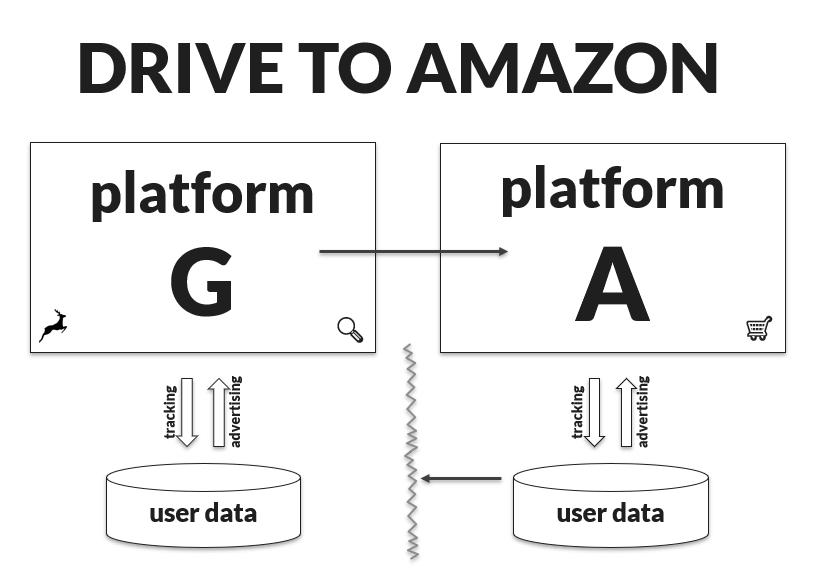
It is common practice for advertising platforms to rely on conversion pixels. These are composed of a few lines of code which are placed on the pages where your advertising traffic is sent. If you send traffic from Facebook to a Shopify site, you will insert pixels which track key events such as a purchase. This communication feedback, allows the advertising platform to collect data on which ad created an event and at what time. And in turn, it allows the marketer or an algorithm to optimize the advertising campaign towards the desired actions. Amazon, of course, does not allow an advertiser to insert a pixel into it’s site. Neither does Facebook, Instagram or any other online platform for that matter.
On Amazon, a part of the solution to this problem is to use a tool called Amazon Attribution which allows you to tag external traffic when it arrives in the platform. The tool is still in beta and clearly in it’s infancy, difficult to set up and is fairly true to the “last-click” attribution model Amazon mostly uses. If a visitor comes from Google or Facebook into Amazon and click on an ad inside the platform before buying a product, the original source of the traffic will not be counted. If it does attribute it to the external traffic, however, you will be able to know from which ad group or keyword the conversion originated and thereby refine your campaigns.
There are obviously some more reasons for not driving traffic to Amazon: you pay referral fees (although it was actually you just referring that sale), you won’t get your clients email address and thus cannot address them directly for recurring sales. Additionally, you actually risk referring your prospects to competitors inside Amazon if they change their mind after the click. So, perhaps this is not a long-term strategy as you are simply increasing your platform dependency.
How to set up a drive-to-Amazon campaign
If you are used to running Google Ads campaigns, there is nothing new in the setup required for an Amazon campaign, but there is some preparation to do in your Amazon Seller account in order to detect the impact of your campaign. Going through the steps below should put you in a good place.
- Prepare the set-up on the Amazon side
On the Amazon side, you should open a free Amazon Attribution account for tracking purposes. In order to qualify you must have brand registry. You should also make sure that you have access to the brand analytics report which can provide valuable overall insights for your Amazon account. If you are using a tools such as Helium10 you can track keyword rankings. Any keyword tracker will do, but make sure you have one activated. Also find a sales rank tracker such as Keepa which will allow you to estimate indirect effects of your campaign.
- Keyword definitions
Now extract keywords from your Amazon Sponsored Product Ads and compare with your existing Google search keywords if you have any. We are assuming you are already using Amazon Sponsored Ads for your account. If not, start there rather than driving external traffic to your products! On the Google Ads side, spend some time charting Amazon’s own activity in your keyword territory by using the Auction Insights reports in Google Ads. Steer clear of keywords Amazon is already bidding on. No reason to bid them up.
- Specific Google Ads set up
Now set up specific ad groups and keywords for your Drive-to-Amazon campaign. Once they are ready to deliver you will be able to pause the old campaign without ruining its history in case you need to reactivate at some point. The Drive-to-Amazon will be void of any conversion data and can’t be managed with automated bid strategies targeting conversion.
- Campaign destination within Amazon
Within Amazon, you have various options for sending traffic. For product names and any brand-related terms you should send the traffic directly to product detail pages. For category terms, the brand store can be a better destination. There is also an option to create specific landing pages for your campaign. This could improve your measurability.
- Measuring and evaluating
Welcome to the Bermuda triangle. Every time you change campaign parameters you need to wait for a while before you can see a consistent pattern of anything. Steer you campaign on the basis of click-through rate at least for a week and check your auction insights for overlap with Amazon every day. After a week (or longer if you have a long sales process), the main metrics to look at are total advertising cost of sales and sales growth. Amazon Attribution won’t show you the full scale of impact you generate. You may see lower attributed sales than expected but higher overall sales. Take the evolution of search rank positions into account to see if you are generating more organic sales.
How about we do that Kessel run in 12 parsecs?
The Millenium Falcon in Star Wars is the fastest ship in the Galaxy, right? But when Han Solo does the run to Kessel in 12 parsecs, it isn’t about speed, it was about taking a short-cut through the deadly fog surrounding the planet. Yeah, love Star Wars.
Driving traffic to Amazon is a short-cut to conversion, and thinking about the strategy holistically, there are many cases in which this is better for the end-user although you generate less margin. If it is right for the user, it must be good strategy.
For merchants building their e-commerce site, it must be terribly frustrating to adopt, and for marketers it can be a challenging path. You will need to prepare your campaign in detail, use manual optimization and find the right direction by monitoring a variety of indicators all the while not trusting everything the data tells you.
And finally, the Drive-to-Amazon is contrary to the overall objective of many marketers in 2021, namely that of building more and higher quality first party data. Nevertheless, the Drive-to-Amazon strategy can be a real kickstarter giving momentum to both you e-commerce and your Amazon activity. It is deeply rooted in an approach of enhancing your best performing channel and your best performing assets, it has the capability of multiplying your sales and at the same time giving users a better experience and provide learnings in the process. We are down to the essence of what Amazon provides: a shaky ride for marketers capable of generating outstanding short term results! You should try it!


